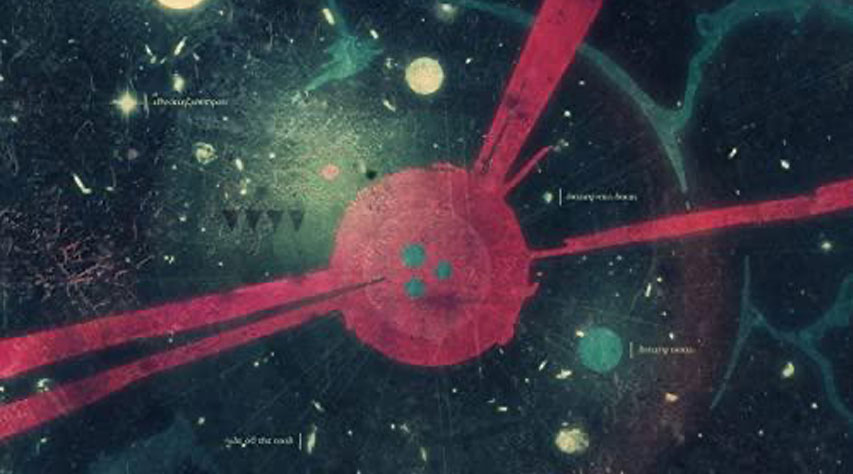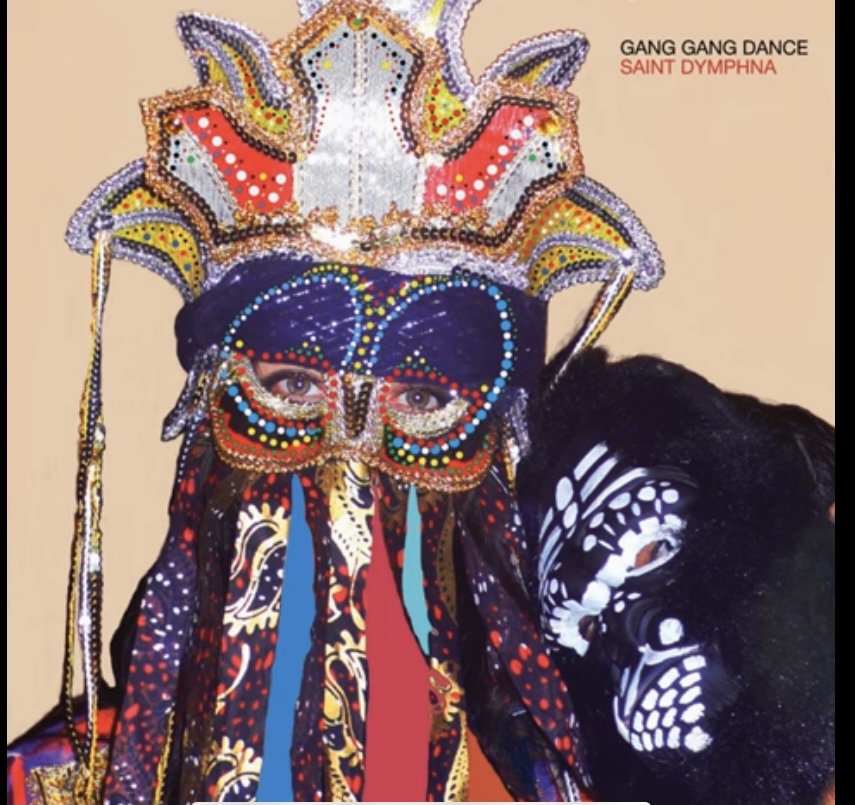Big Black Delta, a Bates Tale to Progressive Rock
| August 31, 2020 | 0 | admin |
If you’re like most us time warped electronic music lovers, you would have warmly welcomed this album to your playlist through the Netflix hit series ‘The Sinner’. Jonathan Bates, the former vocalist of the 99 rock-indie formation Mellowdrone, has blossomed in style, flying the restrictive nest of band life head first into the scene of progressive rock with his solo project, Big Black Delta. Although the album was released in 2013, I am yet to discover another artist which renders such an industrial sound in a way that, with daring individuality, adheres to modern electronic music. As such, Bates’ 2017 Netflix association is more than earned . The experimental path Bates is now able to single handedly approach is visible within the design of the album. You can almost hear a soul-shifting release of creative freedom as he delves into an electronically progressive realm.

The album sears an experimental electronic approach to rock using a homogeneously rich instrument which somewhat unifies Bates’ experiment with sound whilst up-cycling an 80’s era of synthesisers in a cathodic manor. With the willingness throughout the album to leave a rock meets space orchestral melody flowing, amongst a classic 4/4 drum pattern, the electro heads enter an ominous state of euphoria. Amongst this, the producer demonstrates the capability to create such sound, with a simplistically rich snare. According to Bates, the snare both leads and provides a vision for his rhythm. Bates’ rhythmic routine is pretty much a theme throughout the album – prevalent in even the slower pieces which conform to an uncontrollably addictive beat. With this use of software post-industrial synths, Bates was able to introduce this moot style combination of 80’s rock and electronic music; progressing the current trend of production.
Whilst the bands piece ‘Hugging and Kissing’ seemed to provoke a destructive memory within the acclaimed feature – Jessica Beil (Kara’s) disturbing past and exemplify the dark journey of twists throughout the series, the song succeeded to constantly consume the viewers with feelings of empathy and perpetuating distress replicating that of the violently traumatised character.
The triggering piece, paired with another one of BBD’s songs ‘Capsize’, also winning a feature in a key scene, was a vital accompaniment in creating the sense of an experimental voyage of freedom and fatality which left my futuristic style electro – junky ears, feeling enticed to explore the many shades of this album. Bates’ use of chimes and ambient electronics is a chilling accessory to the symbolism throughout the series and demonstrates the power of simplicity within an often overcooked style of production.
Bates rhythmically balances the album with a more mellow piece to perhaps vary the mood, whilst maintaining his signature space-like sound. Progressing your way through the album, you are invited to tranqualize into a soft electric guitar haven with a slower piece named ‘love you this summer’ which gradually emanates a hypnotic and somewhat hallucinogenic state. The buttery acoustics acquire a more easeful palette. An appreciation for the texturally complex progression of electronic music. This style of layering and occasional spontaneity is favoured throughout television, in particular Netflix. The power of layering almost represents an emotional progression within the characters. One that is non-verbal and often intended for the audience’s understanding.
The heavily filled percussive and eerie based piece, Huggin and Kissin, which coldly scars the soul, was chosen with intent. The producers claim the addictively hooking base and terrestrial layers of synths aligned with the memorable purpose. The base, complimented by a futuristic buffet of instruments, appoints to an element of progression within the electronic and industrial ‘genre’. It’s far easy, during electronic production, to carry the domain and continuous beat which i find riddles the song. However, the beauty lies in being bold enough to layer the piece using uniquely raw type sounds. From this, Bates has established his place. The tin-like synths that sound like they derive from an industrial NASA wear-house, in my opinion, magnifies the success of the album as well as Bates’ ability to stimulate a live experience and re-birth the classic qualities of a rock band.

While my brain relishes a musically anfractuous time frame through the use of old school sounding instruments and drum patterns, I discovered, this psychedelic sound, was assembled using Bates’ right hand man; The Akai professional rhythm wolf. This modern drum machine allows maximum creativity for Bates and his rhythm. Whilst many producers incorporate samples within their drum patterns, Bates prefers to build his tabula rasa style using the wolf, claiming this then fuels the other components of production. A spontaneity Bates was craving. It is obvious this, self proclaimed, self driven conceived sound, was the justification for Bates’ flying solo and parting from his fellow band Mellowdrone.
It appears an artistic trend of space has grown within electronic album imagery. The abstract yet finely detailed album cover of BBD defuses a futuristic yet ominously physcadelic style feeling, which suggests a scientific experimental spin of modern day rock music. Bates bases this and the videos on his love of astrophysics and astronomy.

An audacious assemblage of sounds leaves the album open in audience. Perhaps a contemporary introduction to Bates’ style. It appears this thirst for futuristic style synths is accelerating, undoubtfully impacting the ever-growing EDM scene. Bates has constructed the album using a widely known software; Ableton Live, which arguably has now birthed a generation of bedroom laptop producers.




